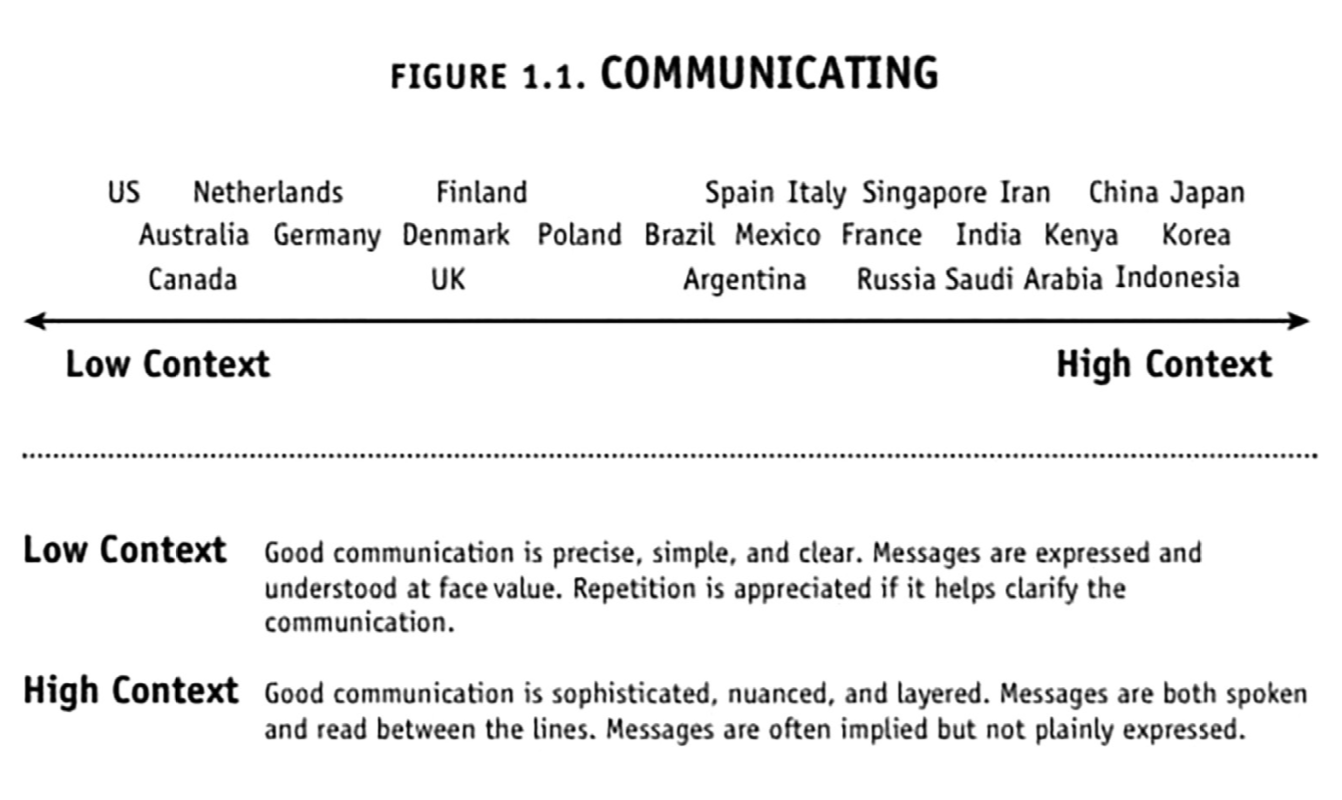
 Tereza Urbánková is a PR, communications and marketing professional with 20 years’ experience and proven success in delivering award- winning communications programmes for multinational companies operating in industries such as hospitality, retail, IT, defence, broadcast, logistics, pharma and engineering. After having lived and worked in the UK for 12 years, she moved to Germany where she now works for Boehringer Ingelheim, a global pharmaceutical company, as Head of Global External Communication, Animal Health. Tereza is a member of the Executive Committee of the Czech British Chamber of Commerce in London and can be reached through her LinkedIn profile.
Tereza Urbánková is a PR, communications and marketing professional with 20 years’ experience and proven success in delivering award- winning communications programmes for multinational companies operating in industries such as hospitality, retail, IT, defence, broadcast, logistics, pharma and engineering. After having lived and worked in the UK for 12 years, she moved to Germany where she now works for Boehringer Ingelheim, a global pharmaceutical company, as Head of Global External Communication, Animal Health. Tereza is a member of the Executive Committee of the Czech British Chamber of Commerce in London and can be reached through her LinkedIn profile.
“Culture eats strategy for breakfast”is a phrase attributed to Peter Drucker, a management consultant, educator, and author, and made famous by Mark Fields, President at Ford. Since then, there have been several iterations of the sentence, one of them being “culture eats strategy for breakfast, lunch and dinner” to emphasise the importance of culture in business.
What is culture and why does it seem to be important? The Oxford Learner’s Dictionary defines culture as ‘the customs and beliefs, art, way of life and social organisation of a particular country or group’. Although we live in a global and digital world, understanding cultural differences in human interactions still matters. At work, this understanding can either drive the business forward; lack of it, on the other hand, can sink deals, endanger careers, as well as contribute to frustrations, dissatisfaction and ultimately to unproductivity.
I’ve recently read a book titled The Culture Map – decoding how people think, lead, and get things done across cultures, one of the most insightful books I’ve ever read. I’d recommend it to everyone who works in a multinational environment – it provides useful guidance and helps navigate through cultural differences as well as avoid falling into cultural traps. It includes many real-life stories that one can reflect on when trying to work harmoniously together with people within a multicultural environment.
As an example: Americans precede anything negative with three nice comments; French, Dutch, Israelis and Germans get straight to the point; Latin Americans and Asians are steeped in hierarchy; Scandinavians think the best boss is just one of them. It’s therefore no surprise that when they try and talk to each other, chaos may erupt.
Human beings are fundamentally the same as deep down, we are all driven by common physiological and psychological needs and motivations. We can all feel human emotions such as jealousy, passion, sadness, joy. However, every individual is also very different. Each of us has a different style, preferences, dislikes, interests and values; each of us is unique. On top of it, due to the culture in which we grew up, we are conditioned to understand the world in a particular way – that also applies to communication patterns, taking decisions and ways of working.
For me as a professional communicator, the chapter about communicating was super interesting – see the image below. Did you know that Americans are the most explicit or low-context culture there is (low-context meaning their conversation assumes relatively little intuitive understanding)? This is probably not surprising for a young country composed of immigrants that prides itself on straight-talking. Thus, for example, Americans in Japan should pay attention to what’s not being said while Japanese in America should brace themselves for direct language.

Working globally requires unlearning, as much as it requires learning. I can consider myself lucky to be aware of the Central European culture which I come from but also to have experienced almost 12 years living and working within the UK culture as well as a very international environment. And now I live in Germany. Therefore, I could become a bridge in teams that may struggle to work together and arrive at consensus as for example, when it comes to persuading and evaluating, the UK and Germany are quite far apart. Although the book offers strategies for negotiating these differences, the most basic solution, as with all scales mentioned in the book, is simply to be aware.
Doing business can be challenging enough with people from our own culture. Doing business across cultures adds a whole new layer of complexity. However, the reality of modern business is that we work with colleagues, customers and business partners from diverse backgrounds, across the country and across the world. In today’s global economy you might be a Slovak giving a presentation in the US, an Italian negotiating a deal in Japan, or a Korean managing a team of Germans. There are lots of ways to do that – email, Skype, telephone, or getting on a plane. That’s the easy part. The hard part is figuring out how we conduct ourselves with another culture, and the more the world globalises the more important this skillbecomes.
Managing across and working with the diverse cultural contexts of today’s workplace may be challenging and it requires a great deal of flexibility but it’s so rewarding and fascinating to learn about other cultures, behaviours, ways of working and see how that knowledge has the desired impact.
By Tereza Urbánková

